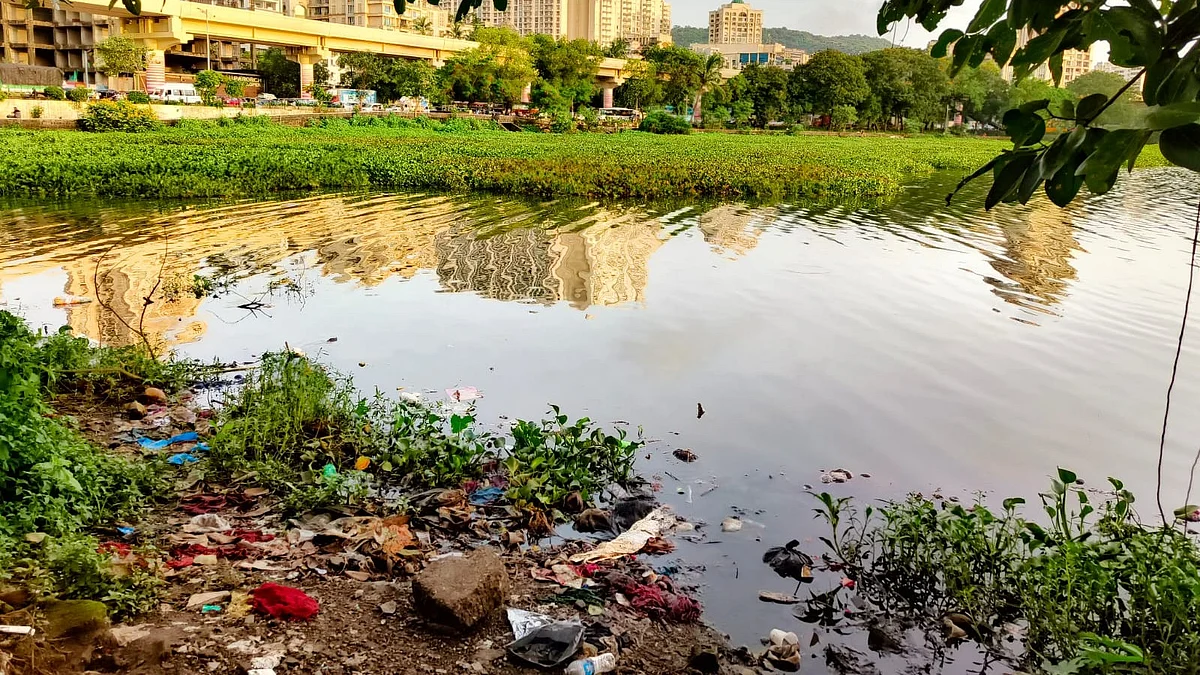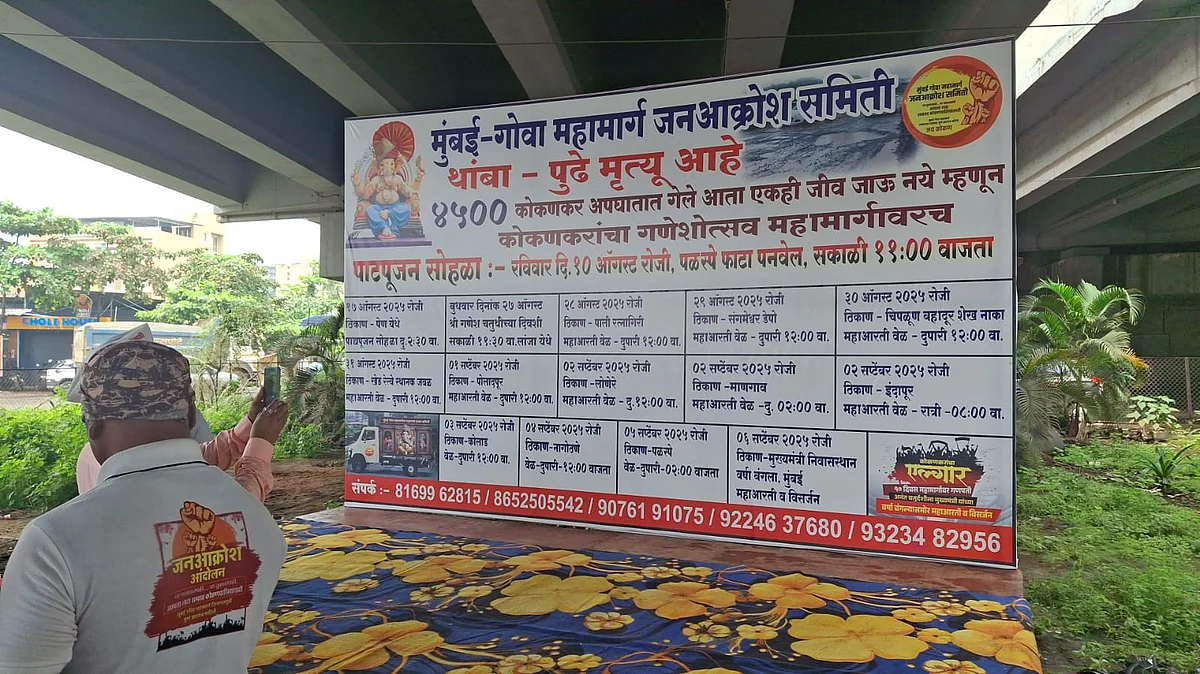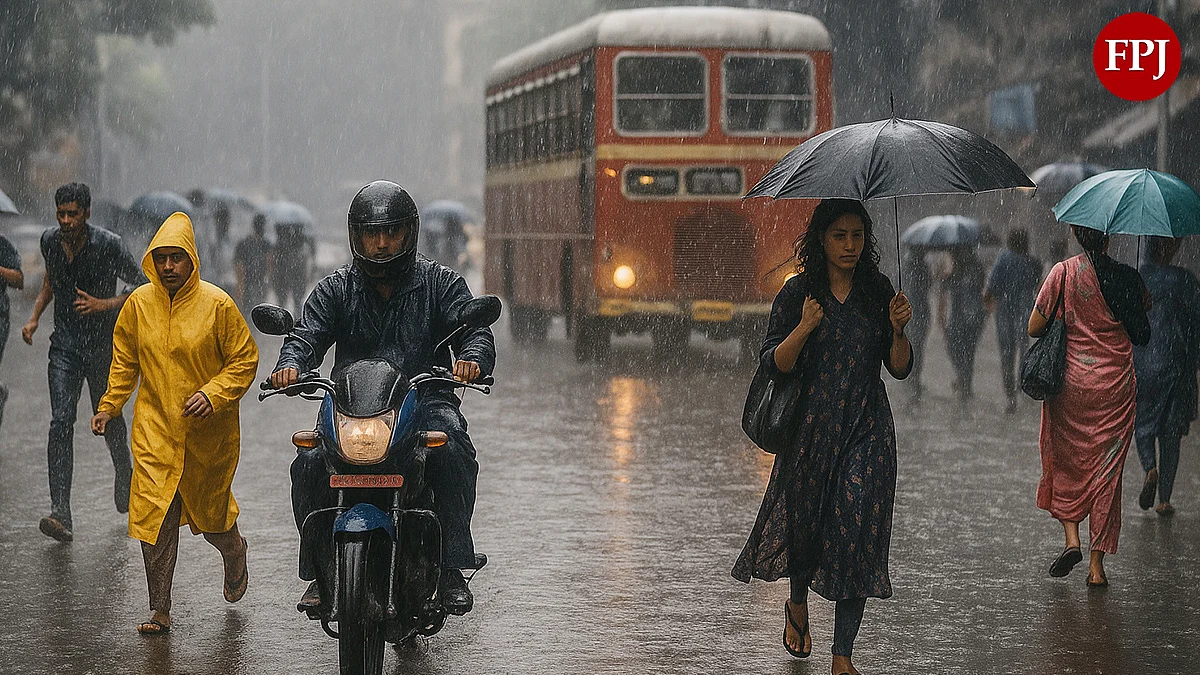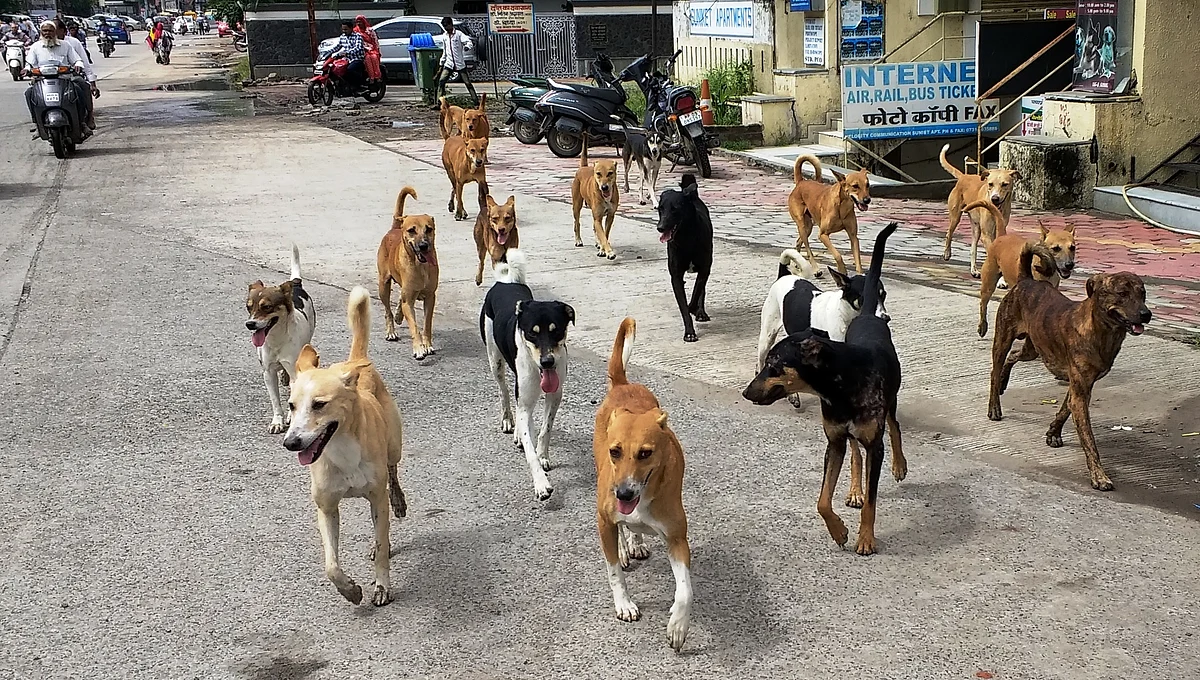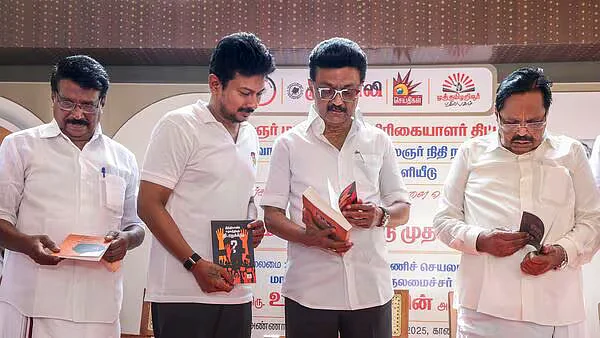On August 6, the Brihanmumbai Electric Supply and Transport (BEST) reported daily revenue of ₹3.25 crore, one of its highest in months, following a May fare hike that doubled the minimum ticket price for both AC and non-AC buses. Officials hailed it as a step toward “sustainability,” citing not only higher collections but also “healthy” footfall.
Crowded Trains, Riskier Commutes After BEST Ridership Falls
Look past the balance sheet, however, and the picture shifts dramatically. Commuter rights groups estimate BEST’s daily ridership has fallen from roughly 3.5 million before the hike to about 2.5 million today, a loss of one million passengers in just three months. These commuters haven’t disappeared; they’ve been pushed onto already overcrowded local trains, where safety risks are mounting. A revenue spike that comes at the expense of passenger numbers is not sustainability, it’s a slow bleed of the very lifeblood that keeps a public transport system viable.
Mumbai once understood this. For decades, BEST operated as a cross-utility service, where surplus from electricity operations kept buses affordable, frequent, and extensive. The goal was mobility, not margin. Today, that ethos is slipping. Subcontracting to private operators has chipped away at service quality, while the fleet has shrunk under contractor mismanagement.
Zero-Fare Bus Travel: A Proven Model from Other States
There is a proven, scalable way to do that: zero-fare bus travel for women. Far from being a “freebie,” such schemes, implemented in Delhi, Hyderabad, and Karnataka, have revived public transport, increased ridership, and strengthened economic participation.
Delhi’s Pink Ticket Programme Boosts Ridership and Inclusion
Delhi’s Pink Ticket programme, launched in 2019, has issued over 150 crore free rides. Women’s share of ridership has risen from 25% to over 33%, with daily beneficiaries reaching 11 lakh. Between 2019 and 2023, women’s ridership grew by 20%, easing crowding elsewhere, boosting workforce participation, and proving that zero fares can fortify rather than strain public finances. The cost is treated as a public investment.
Hyderabad’s Mahalakshmi Scheme Shows Rapid, Sustained Growth
Hyderabad’s Mahalakshmi scheme, rolled out in late 2023, shows even sharper gains: 200 crore free journeys in under two years, women’s ridership jumping from 35% to 60%, daily passenger numbers surging from 45 lakh to 60 lakh, and bus occupancy rates soaring from 53% to 97%. State reimbursements of ₹335 crore a month have turned potential deficits into fuller buses, healthier route economics, and measurable reductions in private vehicle use.
Karnataka’s Shakti Scheme Revives Urban and Rural Routes
Karnataka’s Shakti scheme tells a similar story. By mid-2025, it had delivered nearly 500 crore free rides, lifting Bengaluru’s BMTC ridership to its highest levels since 2015. In Mysuru, women now account for three-quarters of daily passengers. The state’s ₹11,994 crore investment has paid off in greater labour force participation, sustained rural and semi-urban routes.
Why Mumbai Should Adopt a Zero-Fare Policy for Women
For Mumbai, the lesson is clear. A zero-fare policy for women could stem BEST’s passenger losses, expand access to jobs and education, and stabilise routes through higher occupancy. As these states show, the broader social and environmental returns, cleaner air, less congestion, greater economic inclusion far outweigh the direct subsidy cost. The real dividend lies in productivity, climate resilience, and social cohesion.
Sustainability Lies in Moving People, Not Just Making Money
If BEST is to survive, its success must be measured not by how much revenue it collects, but by how many people it moves, safely, affordably, and inclusively. And the fastest way to achieve that is to start with the women who keep Mumbai moving.

